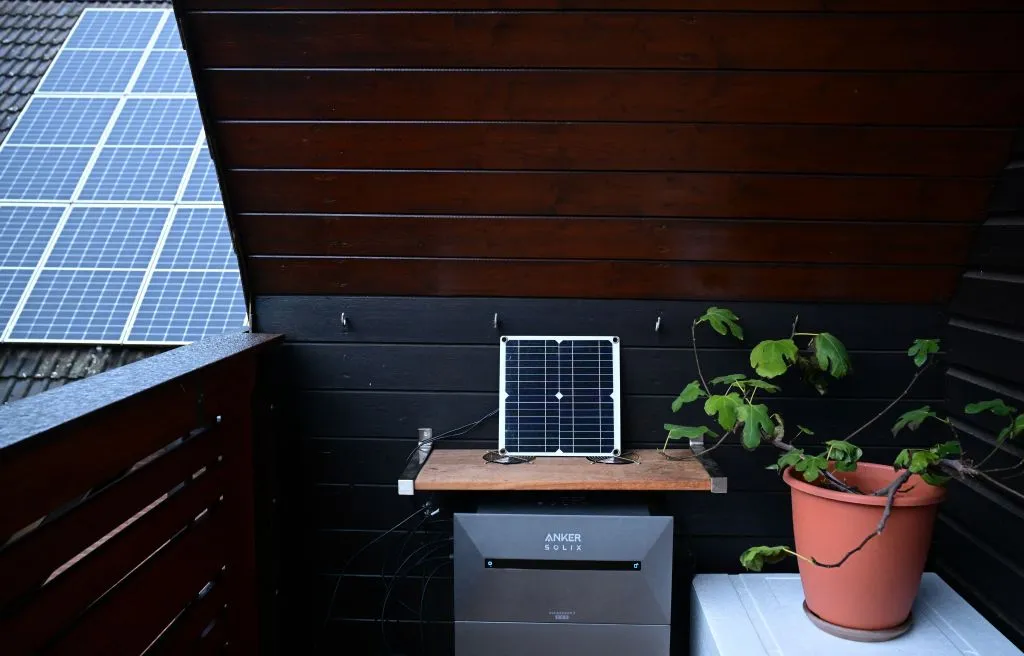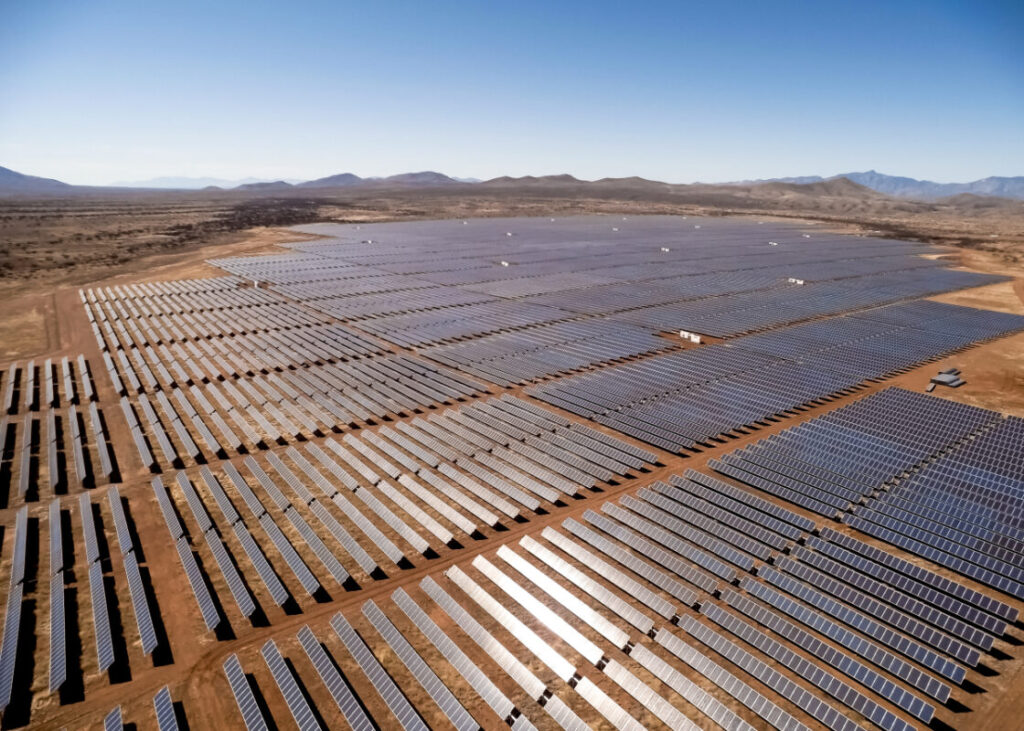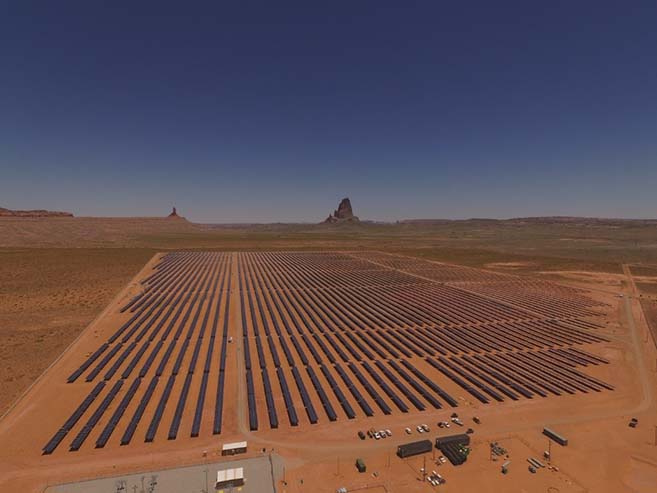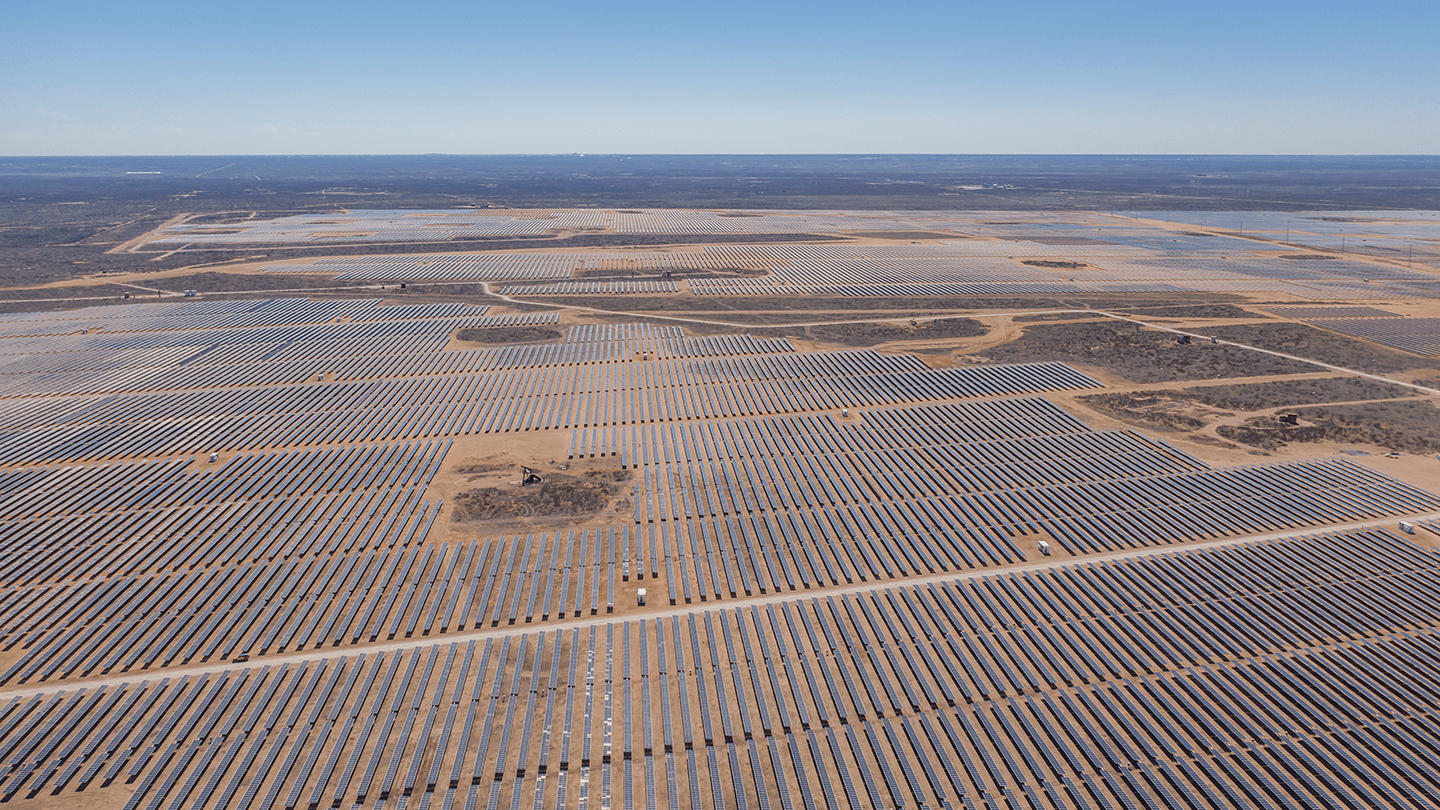- cross-posted to:
- [email protected]
- cross-posted to:
- [email protected]
“I don’t wan’t no woke commie energy”
I imagine it’s because they’re bolted down quite well
Tl;dr: Because we haven’t created a safety standard for it.
The lack of an Underwriters Laboratories (UL) standard is perhaps the biggest obstacle to the adoption of balcony solar. The company certifies the safety of thousands of household electrical products; according to Iowa State University, “every light bulb, lamp, or outlet purchased in the US usually has a UL symbol and says UL Listed.” This assures customers that the product follows nationally recognized guidelines and can be used without the risk of a fire or shock.
Safety standards? Sounds like anti-profit standards! Guess who DOGE is cutting next!
Oh, America? The one still clinging to 110V (thus more current) and in some cases using aluminum wires? The one where safety standards are for wussies? Yeah I wonder why.
Neither 110VAC or 240VAC is inherently more dangerous as long as the system is paired with the right gauge of wire. As for personal safety, both are more than capable of killing you regardless of amperage. 240VAC may even be a little more capable because it can push more current through the resistance of your body.
I’ll admit, American plugs/outlets leave a lot to be desired, but it’s not any more dangerous because of the higher current.
American electrical systems are split phase 240V. If you want 240V, you just connect between both halves of the phase.
America has a lot of stupid, but the majority our electrical systems are very much NOT one of them.
The majority of the rest of the world has 220-230v per phase, with three phases. using all three phases gives you access to ~400v
And that’s better than 3 Phase 230V in what way?
I mean, your outlets definitely are, compared to what we have as a standard.
I will take Technology Connections’ opinion on it over yours, but yes having two pin outlets where if you start plugging it in the live connection is exposed during the process is very much stupid
Our household wiring standards are intrinsically safer than the UK. They need the overbuilt outlets and plugs that Technology Connections likes, because the UK took so many shortcuts on their building wiring.
Can’t really fault them: they developed those standards during a massive copper shortage. To minimize copper use, they ran as few circuits as they could, which means each circuit is drawing absurd loads. They developed “ring circuits” which used undersized wiring and are one loose wire away from an overload. They had to build excessive protections into their plugs so they could safely plug every device they owned into one high-power circuit.
We used dozens of properly-sized circuits.
Yeah, but why compare it to UK? It’s the US of Europe, compare it to the European standards.
You referred to Technology Connections. Unless I’m mistaken, he had an unhealthy obsession with UK plugs.
He did day that about our plugs a lot. Maybe you would you like a link to the technology connections video saying basically exactly what @[email protected] said about our split phase 120/240 setup then?
America has a lot of stupid, but the majority our electrical systems are very much NOT one of them.
What? America has one of the most unsafe electrical systems in the world. You might as well just stick two unshielded wires out of the wall and be done with it, it would actually be more convenient about the same level of safety.
As for crossing the phases, yes you can do that but how many outlets are actually set up like that, you certainly won’t find an outlook configured like that in a bedroom. Each household probably only has one or two 240 volt outlets.
you certainly won’t find an outlook configured like that in a bedroom.
I’ve got one. My bedroom was designed to be able to use a 240v window air conditioner.
I don’t actually need that, because the house was renovated with central air, but the outlet is still there.
I’ve got a 30a 240v outlet behind my stove, a 50a 240v outlet in my garage. I wired an 80a 240v circuit for my parents hot tub. We’ve got no shortage of power here.
The only thing that annoys me about the North American power grid is that we only have three phase in commercial and industrial settings. We don’t bring three-phase power to the home.
You want to see stupid, go look at the ring circuits they play with on the UK grid. Completely unsafe.
Except that we have 240v?
Why do people overseas keep getting this wrong?
In the USA, by and large, homes are supplied with 240v with a neutral in the middle. So each phase is 120v. And we can access 240 by simply going across both phases. Literally every house I’ve ever been in my whole life has had 240v to the panel, including ones built before anyone on Lemmy was born.
The only places this isn’t true was a couple of large apartment complex I lived in for few years where it was 360 to the complex 208 to the unit and 115v on each phase.
If you took out the neutral, we’d have 240 exactly like Europe. In theory (definitely not within code), on 90+% of houses in the USA, you could just wire the neutral to the opposite phase as live that the circuit is already on and get the full 240v to every outlet in the house (DO NOT FUCKING DO THIS). Each phase that we have only exists in the context of the neutral, and the neutral is strictly optional(though common) in the context of things like high draw devices.
As far as your aluminum comment… First, why aren’t you saying “aluminium” if you’re not (seemingly) American? But you realize that aluminum works perfectly fine for power delivery right? The EU uses aluminum in places too…
“Europe’s energy transition is about one thing, more renewable power production, and the power produced must be transported over long distances. Aluminium is crucial for transporting electricity to where it is needed. By expanding the capacity to deliver low-carbon aluminium from Norway to the EU, we help ensure that the infrastructure, the very backbone of the future energy system, supports both Europe’s security and climate policy goals," says Kallevik.
Edit: LMAO downvoted for actual facts. Here you go mr aussie.zone user that also clearly doesn’t understand the USA electrical system, https://youtu.be/jMmUoZh3Hq4
People only see what their outlet provides. If you ask someone about the european voltage, they’ll probably say “220-230V”, not " 3-phase 400V".
Well, I could be wrong here, but I don’t think I’ve ever seen a European outlet that did more than the 220-230v…
We’re not talking about three phase setups here… Residential in the USA is commonly 120/240. Not just 120.
If we’re going to talk 3-phase comparisons… then you’ll see all number of setups, but the most common would be 120/208, where 3 phases are wye tapped.
But in a typical USA home you can and will find 240 volt outlets for ranges, stoves, dryers, etc… We have outlets that provide 240.
There are special 3-phase connectors, but usually only in the kitchen (for an electric range)
Why do people overseas keep getting this wrong?
Because they like dunking on the USA, your explanation doesn’t support that narrative … so nyaaaaaah
Well it tickles me most that the username of the person who downvoted me is directly electrical engineering related… They should have understood everything I said and realized it was accurate.
But instead
hurr durr American!
HOAs and Condo rules and shit.
I wonder if you add an antenna and a small radio tower if OTARD would keep you protected? Gotta get power to it, so solar would make sense… hell, even a tv antenna with a booster would need power.
Quite the stretch. But also, who enforces that? The guy who wears a fucking gold Trump head pin?
Affording a balcony might be step one though.
I wanted an apartment with a balcony but they’re all $500+ more a month in rent then I’m already paying.
This isn’t for filthy renters
they call them “rentoids” now
Why? Landlords usually have more capital accessible to make this kind of move.
I’m paying $850/mo. for my 2-roomer, with a glassed in balcony. Would definitely forego my balcony if I could pay only 350 for it, but that’s a pipedream. $500 upcharge for a balcony is nuts.
Then again, my dear friend spontaneously got her rent increased by like $1500/month a couple years back, and that sort of practice would be illegal where I live, so I could see how charging $500 more per month for a balcony would be a thing.
Oh, to be in Europe right now.
Visa marriages! I think here in Sweden at least it’s not super difficult to get permanent residency via cohabitation, and cohabitation doesn’t even require any particular paperwork. Granted, it’s been a while since I looked into it, and with a government that’s all chummy with the alt-right our immigration rules have gotten tighter, so things might’ve changed.
I’m hoping with the massive anti-US sentiment going right now, that the next government won’t be right wing.
It’s gotten significantly worse in basically every regard here in Sweden with regards to immigration, unfortunately.
Yay for Neo-Nazis in government. :(
I’ve never heard of balcony solar panels, much less ones you plug right into an outlet? Asked my German roomie and he’s got no clue either.
How does plugging a power source into an outlet work? I’m no electrician, so that sounds bananas to me.
It detects a voltage connected to the plug and starts feeding with slightly higher voltage, done.
These are really common in Germany, even being sold as sets at supermarkets occasionally.
As long as you have one of the old Ferraris style meters, it just runs backwards, these usually pay for themselves in about three years on a sunny balcony that way.
starts feeding with slightly higher voltage Thats incorrect, the feeding into the grid works with a slightly ahead phase of the sinus with the same voltage.
Huh, the wiring just supports power spontaneously coming from an exit point rather than an entry? Is that commonplace?
Either way, that’s fascinating! Thanks for taking the time to enlighten me!
Huh, the wiring just supports power spontaneously coming from an exit point rather than an entry? Is that commonplace?
Why wouldn’t it? Electrical wiring isn’t a one way road, electricity (this is an extreme oversimplification, especially when it comes to AC) will always flow from points of high voltage to points of lower voltage. That’s how solar inverters feed into the grid. Raise their voltage a tad bit higher than the grid and match the frequency and phase of the grid until the outflow matches their maximum available power.
Is that commonplace?
That is a hard question, because this isn’t a feature, it’s how things are. Only thing one needs to take care of is that the solar inverter doesn’t deliver so much power that the circuit can consume beyond the circuit breakers capacity, otherwise the breaker would be rendered useless. That’s why these small plug inverters are limited to 800W in Germany, that puts the entire possible load on a 16A circuit into the general upper limit that is still within the safety margin fro 16A circuits.
EDIT: Now before someone gets the bright idea to connect their diesel generator to the grid this way: Don’t. It will not be in sync or phase and that will make something spectacular happen, but it will not supply the grid. Either have an expensive generator that is able to sync to the grid or have a grid disconnect and switchover in front of your generator plugin socket.
EDITEDIT: Also please never connect an island capable solar inverter to a plug. The ones described above are safe that way, because they wait for grid voltage to be available before they do anything, so there will never be high voltage on the open plug. An island capable solar inverter does by definition not do that. There will be high voltage on the plug and it will kill you and it will hurt like a fucker the entire time you’re dying.
I guess I’ve pictured electricity a bit too much like water. I still don’t quite get how or why this works, but it’s really cool that it does!
That said I’ve no plans on messing around with that kind of thing as I’m terrified of electricity. I electrocuted myself as a kid and that experience stuck. Rather like I did to the dough hooks I stuffed into an extension cord.
On some level, water would work the same way. If you were to collect water from somewhere, feed it into a pump and hook that up to your kitchen faucet, as soon as you increased pressure a little above that of the public water pipe, water would flow backwards from your faucet through the pipes in the house into the public water supply and your water meter might run backwards, depending on its construction.
disclaimer: Unlike freshly harvested AC electricity from a solar inverter, home collected water does not meet the hygiene standards for public supply. Absolutely do not do that either.
And this is why the UK has separated hot and cold water taps.
Your hot water used to come from a rainwater tank on the roof, and it was illegal to pipe it to a mixing faucet because if something went wrong with the cold water site it could pull undrinkable hot water from these tanks and faucets and contaminate all the drinking water.Works for these plug-in solar panels too - illegal here in Finland, because if the grid went down, these types of panels could keep feeding the house, out to the street, and electrocute a line worker.
(Also because installing solar panels is a well protected job over here, can’t touch that occupation and their revenue stream)
because if the grid went down, these types of panels could keep feeding the house, out to the street, and electrocute a line worker
The inverter in these is designed to shut down if it doesn’t detect a waveform from the grid to sync with - they are unable to create a 50 Hz AC wave on their own. As long as the hardware is legit (which is a big if with how easy it is to get unsafe junk in from China) there is no safety issue, it’s purely regulatory.
Lots to learn here today! Thanks everyone!
Lähdetään uimaan!
My parents recently bought a couple and put them on the shed, you plug it in and magically, it feeds electricity into your home power network. No idea how bit it definitely works!
Micro solar is doable for anyone with yard space though. Forget the grid and buy some battery storage, put all the electronics into a small shed (like a garbage can box or something, an enclosure to keep out rain). Put up panels anywhere you want. Run the inverter output into your house.
Ugh I really want to do this but it’s totally outside my skill set
If you have a few grand about, there are company that sell very easy to use kits that are quite handy.
Any recommendations would be appreciated
Got a friend with a cabin, and instead of a whole grid they found it simpler to plug their secondhand panels into a battery pack about the size of a car battery that has 110v, 12v, and USB outlets. They charge on the panels at home and it lasts the weekend at the cabin.
With the current FAA problems, do y’all really want more things taking off?
Because they don’t have propellers?
In countries like Germany, balcony-mounted solar panels are all the rage.
First image is of an overcast sky with a guy with two nearly-vertical solar panels

Third image is of a small solar panel under a roof receiving a little bit of light at an extreme angle through an opening in a covered attic balcony

Here’s a solar farm in the US:
https://www.energy-storage.news/wp-content/uploads/2024/08/de-shaw-1024x731.jpg

It’s pulling a lot more power per panel.
Another:
https://www.fhwa.dot.gov/ipd/images/project_profiles/img_az_navajo_nation_kayenta_solar_program.jpg

Another:

Does it make sense to stick solar panels on a house relative to drawing power from a solar farm? Sure, it can, if your house is remote and it’s costly to connect it to the grid, or if what you’re after is a secondary, backup source of power if you lose grid connectivity.
But if what you want is cost-effective generation, it’s preferable to stick a panel on a solar farm somewhere where one can leverage economies of scale, maintenance is easy and done by someone who maintains a ton of these on a regular basis, and where you’re optimizing location and panel orientation for solar potential.
Like, if you want more solar power on the European grid, you probably want more solar farms in Spain, which has substantially more solar potential than Germany:
https://globalsolaratlas.info/
Not someone sticking them on their balcony in Germany.
What Germany could do to help solar and wind, if it wants to do so, is drop complaints about building (inexpensive) above-ground transmission pylons, which would help smooth out different generation at different locations on the European grid.
Farmers and grid operators demand end to rules prioritising underground power lines in Germany
The Federal Requirement Plan Act (Bundesbedarfsplangesetzes), which provides a legal framework for the construction of the high-voltage transmission lines needed to reshape the power grid as ever-more of Germany’s power supply comes from renewables, prioritises underground cables over the construction of visible pylons, which have been met with public resistance.
“So far, we are assuming that all projects will be realised as underground cables,” a BNetzA spokesperson told the paper.
EDIT: If you want to criticize the US for something as solar goes, it’d probably be Trump throwing tariffs on everything, which makes it more costly to deploy solar panels and other electrical hardware manufactured abroad.
The biggest advantage of balcony-mounted solar panels, at least where I live, is that you need 0 permits. You don’t need to ask your neighbors, you don’t need to ask your power company, you don’t need a building permit, you don’t need an electrician and you don’t need a solar company to install them for you.
They don’t replace large solar farms but if you incentivize people to DIY their solar installation you get tons of additional cheap and clean energy from a source that would be wasted otherwise.
What are you powering with it? How are you storing the energy? It just doesn’t make any economic sense to me. I’d love to see some statistics on the total cost of one of these systems and how much power people are actually getting. Maybe it makes more sense in Germany where energy prices are nearly double the US average. But I’d still love to see some real examples to back that up.
Balcony solar panels are dirt cheap, you can get them for 200-300€, including the micro inverter. You usually do not have batteries in these setups, you just use up the generated power while it is available by moving things like the dishwasher and dryer to that time.
To give some actual numbers, I pay 0.22€ per kWh right now. In the last 30 days (Apr 21 - May 20) the balcony solar panels generated 74.11kWh. The month was fairly average with an even mixture of sunny days and rainy days.
Assuming you can use up the 800W of peak power, you will have saved around 16€ in just those 30 days. I don’t have full data for the year yet since I only got mine a few months back but my current estimation is that it will have paid for itself after 2-4 years.
How are you getting power to your appliances? Someone else suggested back feeding into an outlet which is illegal in the US.
What are you powering with it?
You plug it straight into the wall, it syncs to the grid and back-feeds it, up to 800W. Your meter stops spinning (or even goes backwards)
Back feeding is illegal in the US.
I think you’re comparing apples to oranges.
The main selling point for a “Balkonkraftwerk” is that it’s cheap and doesn’t require an electrician to install.
That way they pay off rather quickly and result in a lower electricity bill when you look at a span of 10-15 Years.
Solar farms in Spain on the other hand require massive investments in Infrastructure and the farms themselves. Not to say they’re a bad idea, but it’s a very different thing.
That way they pay off rather quickly and result in a lower electricity bill when you look at a span of 10-15 Years.
In the US, a lot of problems have arisen around residential solar installation companies providing loans using questionable, if not outright fraudulent sales tactics based around misrepresenting returns.
https://time.com/6565415/rooftop-solar-industry-collapse/
The Rooftop Solar Industry Could Be on the Verge of Collapse
A decade ago, someone knocking on your door to sell you solar panels would have been selling you solar panels. Now, they are probably selling you a financial product—likely a lease or a loan.
Mary Ann Jones, 83, didn’t realize this had happened to her until she received a call last year from GoodLeap, a financial technology company, saying she owed $52,564.28 for a solar panel loan that expires when she’s 106, and costs more than she originally paid for her house.
In 2022, she says, a door-to-door salesman from the company Solgen Construction showed up at her house on the outskirts of Fresno, Calif., pushing what he claimed was a government program affiliated with her utility to get her free solar panels. At one point, he had her touch his tablet device, she says, but he never said she was signing a contract with Solgen or a loan document with GoodLeap. Unbeknownst to Jones, the salesman used “[email protected]” as her purported email address—that of course, was not her email address. She’s on a fixed income of $960 a month, and cannot afford the loan she says she was tricked into signing up for; she’s now fighting both Solgen and Goodleap in court.
Her case is not uncommon. Solar customers across the country say that salespeople obscure the specific terms of the financial agreements and cloud the value of the products they peddle. Related court cases are starting to pile up. “I have been practicing consumer law for over a decade, and I’ve never seen anything like what we are seeing in the solar industry right now,” says Kristin Kemnitzer, who represents Jones and says her firm gets “multiple” calls every week from potential clients with similar stories.
Companies running solar farms, on the other hand, have bean-counters in place who are in a legitimate position to run the numbers, and those companies take on the risk themselves. With residential solar, it’s not companies saying “hey, we’ll put our capital on the line, and just want somewhere to put a panel”, it’s “here’s a graph and some numbers, and there’s a great investment opportunity for you with your capital…just sign on the line here!” Needless to say, this opens the door to a lot of potential unpleasantness.
EDIT: If a company sends a guy to your doorstep to tell you how they have a fantastic investment opportunity for you and your money which will make you a great return, a good response is to ask them why they don’t want to make the investment themselves. Is it generosity on their part, letting you enjoy the benefit of the investment?
If a solar panel installer wants to put panels on a roof I own, that’s fine with me. All they have to do is pay me for the space on my roof and cover the cost of the hardware and its installation. In return, I will let them have the entire value of the generation done, rather than taking it myself. If this is a legitimate investment with a valid return for the party putting money down, then they should be happy to do that.
One notices that there are no residential solar installer companies who are engaging in that sort of arrangement. Cell tower companies do that with cell infrastructure, but not residential solar installers. Hmmm.
While I agree with your sentiment, I’m not sure the cell tower is a good comparison. Very few if any cell towers are installed on a residential single family roof. Leasing part of your plot of land or space on a commercial or multi unit building is a completely different problem than giving a company rights to part of a frame residential home. Who maintains the roof? Who insures the roof? What insurance company will write that policy? It’s already getting more complicated to insure rooftop solar because claims are climbing. Now you’ve got a roof leased to someone else with solar panels on it? Seems to me like any commercial venture would skip all that and go straight to buying or leasing land. Land with no homes. This is the US after all, we have plenty of that laying around.
Companies are offering rooftop solar owned by the residents because they want it, they want the benefits. The problem is that it’s rapidly growing and a great target for scams. Especially considering the age demographic of homeowners who have paid off enough of their mortgage that they have collateral for said loans. These companies should be regulated and vetted somehow.
There is a benefit to putting solar close to the load. Less transmission losses/upkeep.
There is a benefit to putting solar on roofs/buildings… Less environmental impact.
https://www.eia.gov/tools/faqs/faq.php?id=105&t=3
The U.S. Energy Information Administration (EIA) estimates that annual electricity transmission and distribution (T&D) losses averaged about 5% of the electricity transmitted and distributed in the United States in 2018 through 2022.
As per the globalsolaratlas map I linked above, you have on the order of 50% more solar potential in Spain than Germany. And that’s before one considers alignment, shade from surrounding structures and vegetation, and similar factors that affect sticking panels on a house, which favor solar farms.
I love how you address only 1/3 of the items I brought up!
I have 0% loss on my house (except for the inverter losses, which the solar farms would incur as well). With 0 trees blocking anything.

Upkeeping massive transmission lines isn’t free. Adapting solar to the current grid also isn’t free and lossless. Transformers on the road to bring down voltage are a 1-2% loss on their own.
Massive fields of solar has upkeep/environmental costs as well.
If you choose to misconstrue me bringing up valid points as to why we should also be installing solar on buildings as an argument to never install solar farms… that’s up to you. But there is value to putting production as close to load as possible.
I love how you address only 1/3 of the items I brought up!
You brought up losses and environmental impact. I addressed only losses.
Okay. “Environmental impact” is hard to quantify, but you could try and put a dollar figure on the cost of putting a solar panel in the desert. You should already be internalizing any costs, though, and that’s not where companies are choosing to stick solar farms.
But there is value to putting production as close to load as possible.
Sure. It’s just that having solar panels on balconies relative to solar farms in a desert is outweighed by the drawbacks, if your goal is cost-efficient generation (which as I pointed out in my original post, isn’t always the primary concern).
I brought up losses, upkeep, AND environmental impact.
All three of these items affect the cost of generation that you’re ignoring.
















